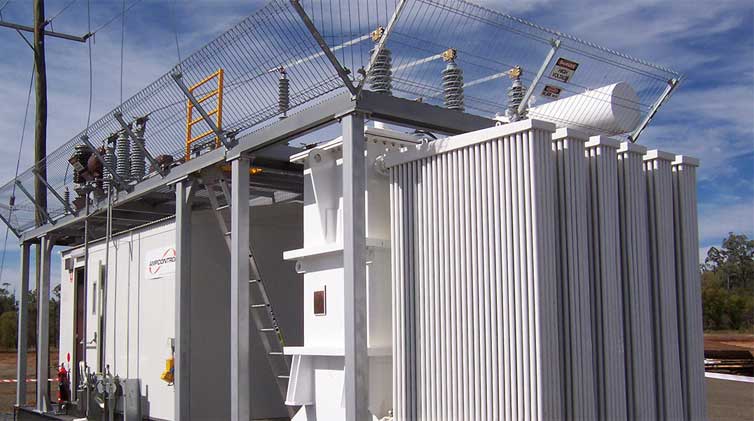Vacuum Casting Process for Poxy Resin Distribution Transformer
Epoxy resin distribution transformers are cast from epoxy resin. Epoxy resin generally refers to the organic macromolecule compound containing or rarely having more than two epoxy groups in the molecule. Except for a few, their relative molecular mass is not high.
The characteristics of epoxy resin are: (1) various forms. (2) Curing convenient (3) adhesion strong. (4) low shrinkage. (5) After curing, has excellent mechanical properties. (6) After curing, forming a kind of high dielectric properties, surface leakage resistance, arc resistance of good insulation materials. (7) Chemical stability. 8) size stability. (9) mildew resistant and so on.
Epoxy resin material has been widely used in transformer, mutual inductor and insulator as the main insulating material. The epoxy resin distribution transformer has the characteristics of fire resistance, safety, reliable operation, convenient maintenance and small size.It has been widely used in high-rise buildings and power stations in cities.
In recent ten years, the production of epoxy resin distribution transformer in China has developed greatly, and the performance and appearance of the product have been improved greatly. Epoxy resin casting has the characteristics of one-time forming and is hardening after forming is cooled and cannot be recycled. If the formed windings fail to meet the specified standards or design requirements, they can only be discarded and cannot be reused.
National standard GB1094. 11 -- 2007 stipulates that the maximum pd level of dry type transformer is 10 PC. In order to ensure the quality of the windings, the structure of the pre-casting windings is required to be reliable, the casting material proportion is reasonable and the process is advanced.
At present, the transformer industry mostly adopts imported or domestic vacuum pouring equipment. Because of the different structures of the vacuum pouring equipment, it has its own peculiarity in the concrete pouring operation.
Jump to Content Sections
Leave a Message
You May Also Like
 English
English  français
français  Español
Español  русский
русский  العربية
العربية  tiếng việt
tiếng việt  Malay
Malay  Indonesia
Indonesia  বাঙালি
বাঙালি 

